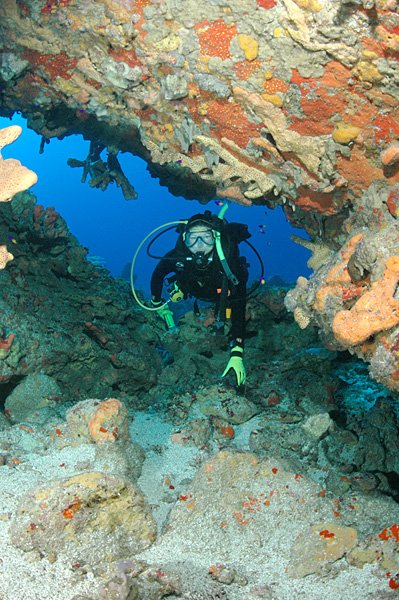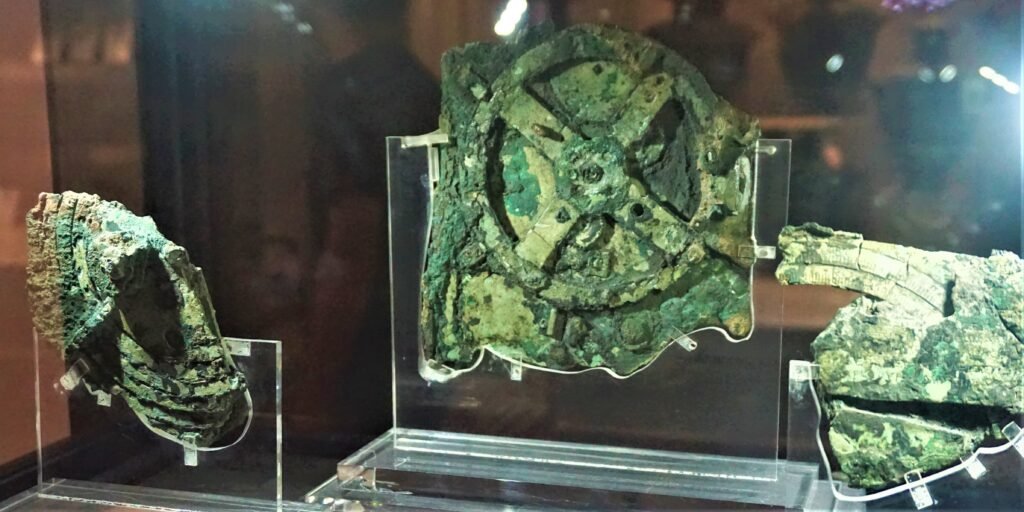Imagine a world where the oceans were ruled by creatures clad in armor, their jaws lined with teeth sharp enough to slice through prey with ease. These were the armored fish, the first vertebrate predators that prowled the ancient seas. Their legacy set the stage for the evolution of complex life forms, and their story is one of survival, adaptation, and dominance. Join us as we delve into the fascinating world of these prehistoric marvels.
The Dawn of Armored Fish
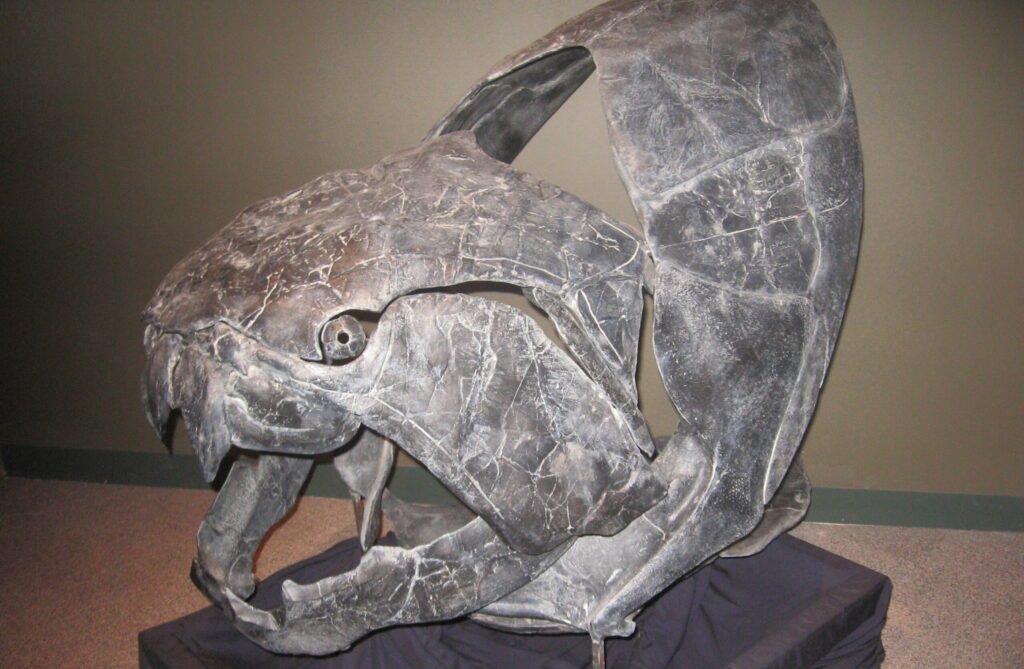
Long before dinosaurs roamed the earth, the seas teemed with life forms that were as bizarre as they were terrifying. Among these early marine creatures were the armored fish, known scientifically as placoderms. These creatures emerged approximately 440 million years ago during the Silurian period. Their defining feature was the bony plates that covered their heads and thoraxes, providing protection against predators and environmental hazards. The advent of these armored fish marked a significant evolutionary step, as they were among the first vertebrates to exhibit true predatory behavior.
Anatomy of a Predator
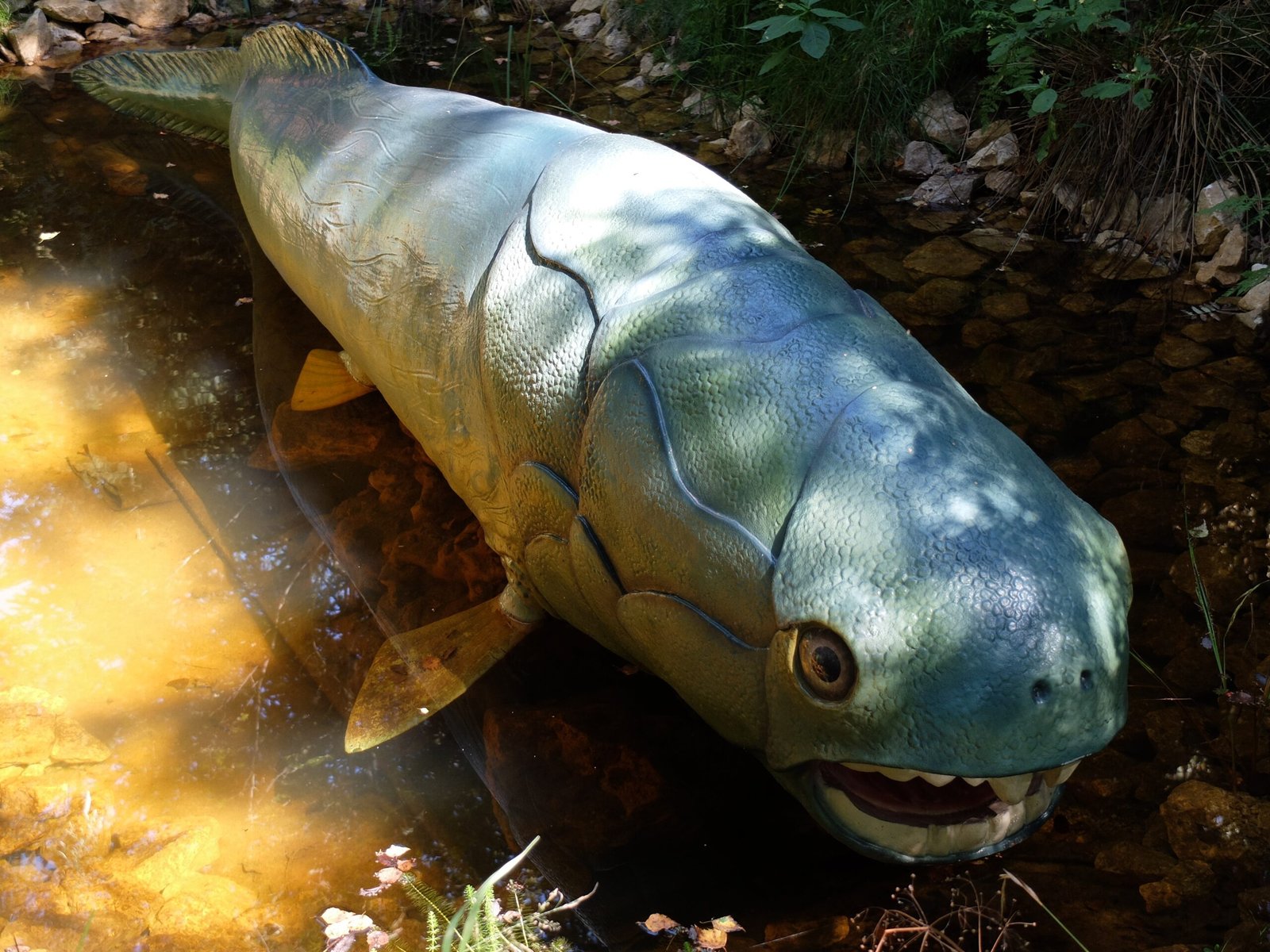
The armored fish were equipped with an array of anatomical features that made them formidable hunters. Their jaws were a marvel of evolutionary engineering, with sharp bony structures that functioned like teeth, allowing them to grasp and shred their prey efficiently. Unlike modern fish, placoderms lacked true teeth, but their jawbones were adapted to serve a similar purpose. Additionally, they possessed paired fins that provided agility and stability in the water, enabling them to pursue prey with precision. These adaptations highlight the evolutionary arms race that unfolded in the ancient oceans.
Life in the Devonian Seas
The Devonian period, often referred to as the “Age of Fishes,” was a time of remarkable biodiversity in the world’s oceans. This era saw the rise of various fish species, including the armored fish, which flourished in the diverse marine ecosystems. These predators occupied a crucial niche in the food chain, preying on smaller fish and invertebrates. Their presence influenced the evolution of other marine organisms, driving the development of defensive adaptations in their prey. The Devonian seas were a dynamic and competitive environment, where survival required constant adaptation.
Dunkleosteus: The Apex Predator
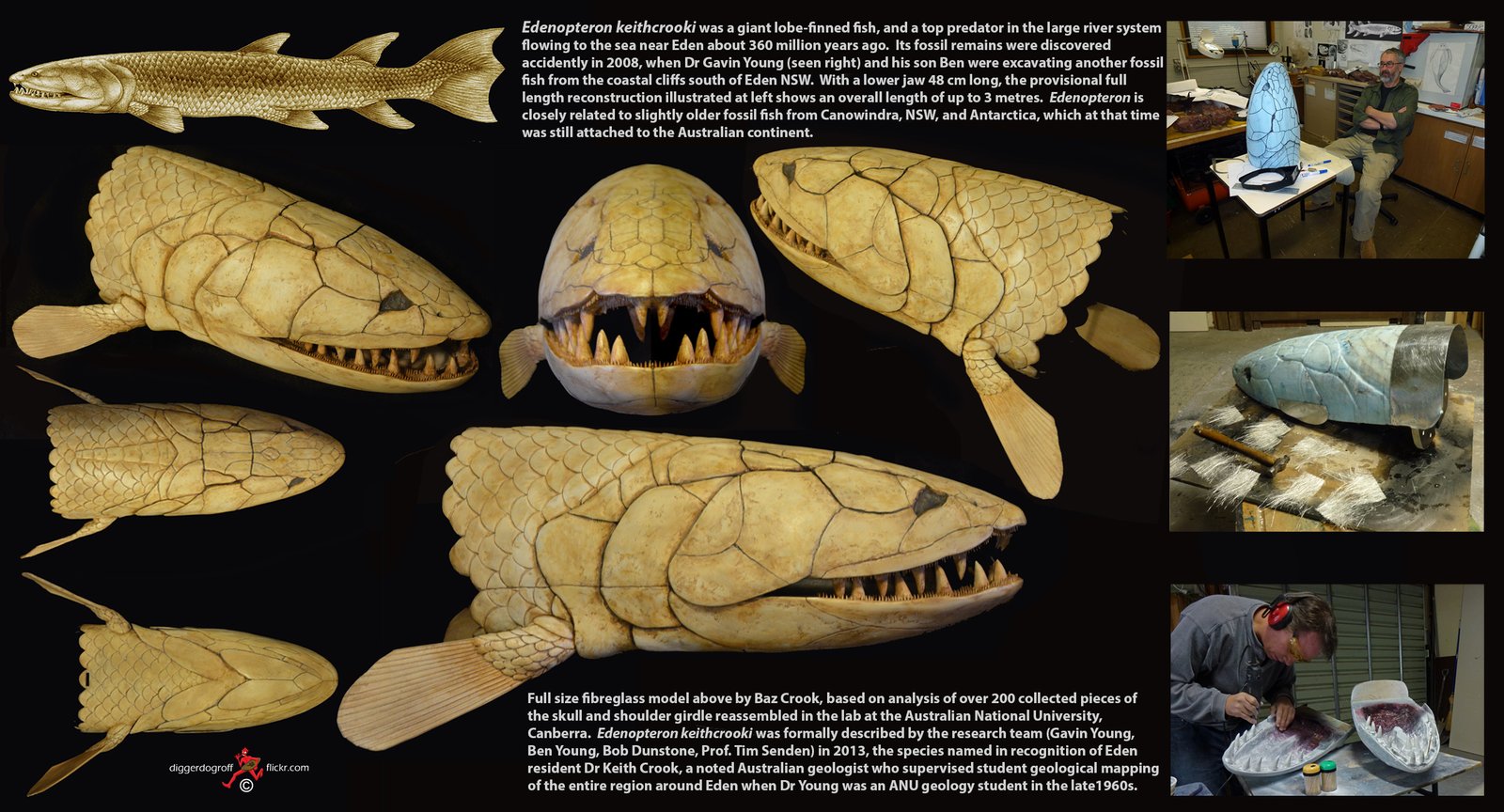
Among the armored fish, Dunkleosteus stands out as one of the most iconic and fearsome predators. This massive placoderm could reach lengths of up to 10 meters, making it one of the largest fish of its time. Dunkleosteus was equipped with powerful jaws capable of exerting tremendous bite force, allowing it to crush the shells of armored prey. Its head and thorax were shielded by thick bony plates, providing defense against other predators. As an apex predator, Dunkleosteus played a pivotal role in shaping the marine ecosystems of the Devonian period.
The Evolutionary Significance of Armored Fish
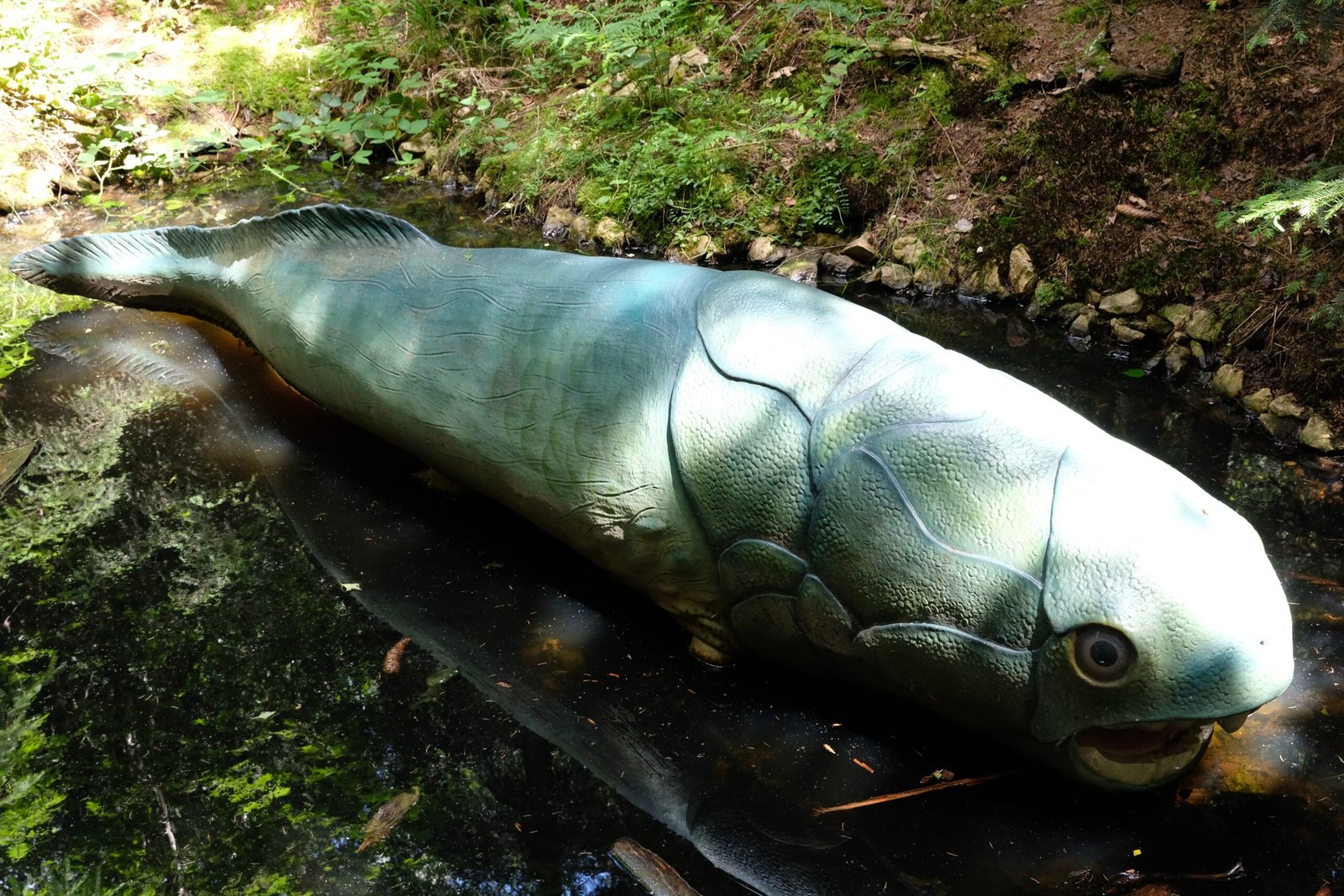
The emergence of armored fish had profound implications for the evolution of vertebrates. They were among the first to develop complex jaw structures, a trait that would be passed down to future generations of fish and eventually to terrestrial vertebrates. This innovation allowed for more efficient feeding strategies, contributing to the diversification of vertebrate life. Moreover, the presence of armored fish in ancient seas set the stage for the evolution of more sophisticated predatory behaviors, influencing the trajectory of life on Earth.
The Decline of the Armored Fish
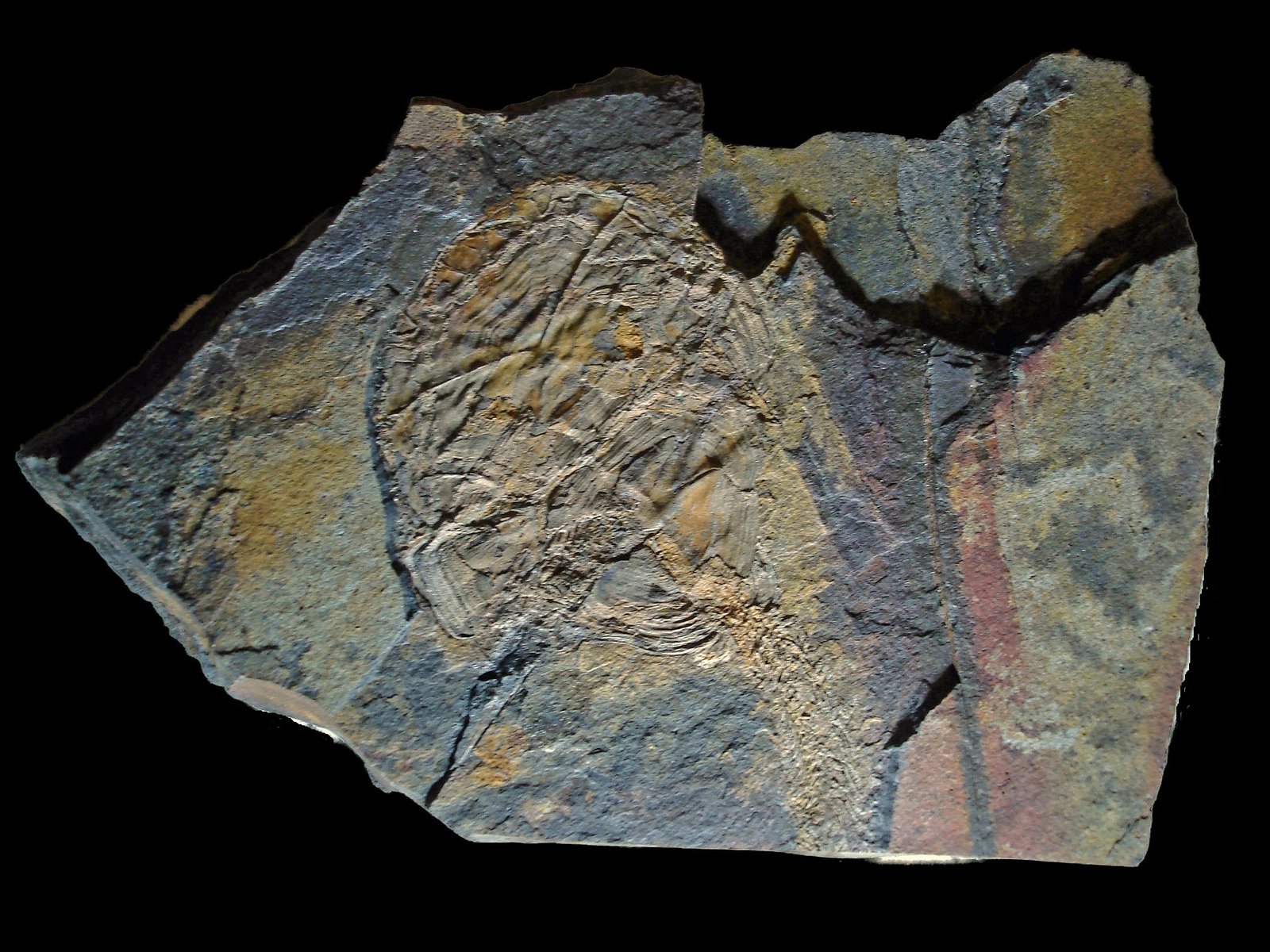
Despite their dominance in the Devonian seas, the armored fish eventually faced a decline. By the end of the Devonian period, many placoderm species had vanished, likely due to a combination of environmental changes and competition from other emerging fish groups. The rise of more advanced jawed fish, such as sharks and bony fish, may have contributed to their extinction. While the exact reasons for their disappearance remain a subject of scientific inquiry, the legacy of armored fish lives on in the evolutionary history of vertebrates.
Fossils: Windows into the Past
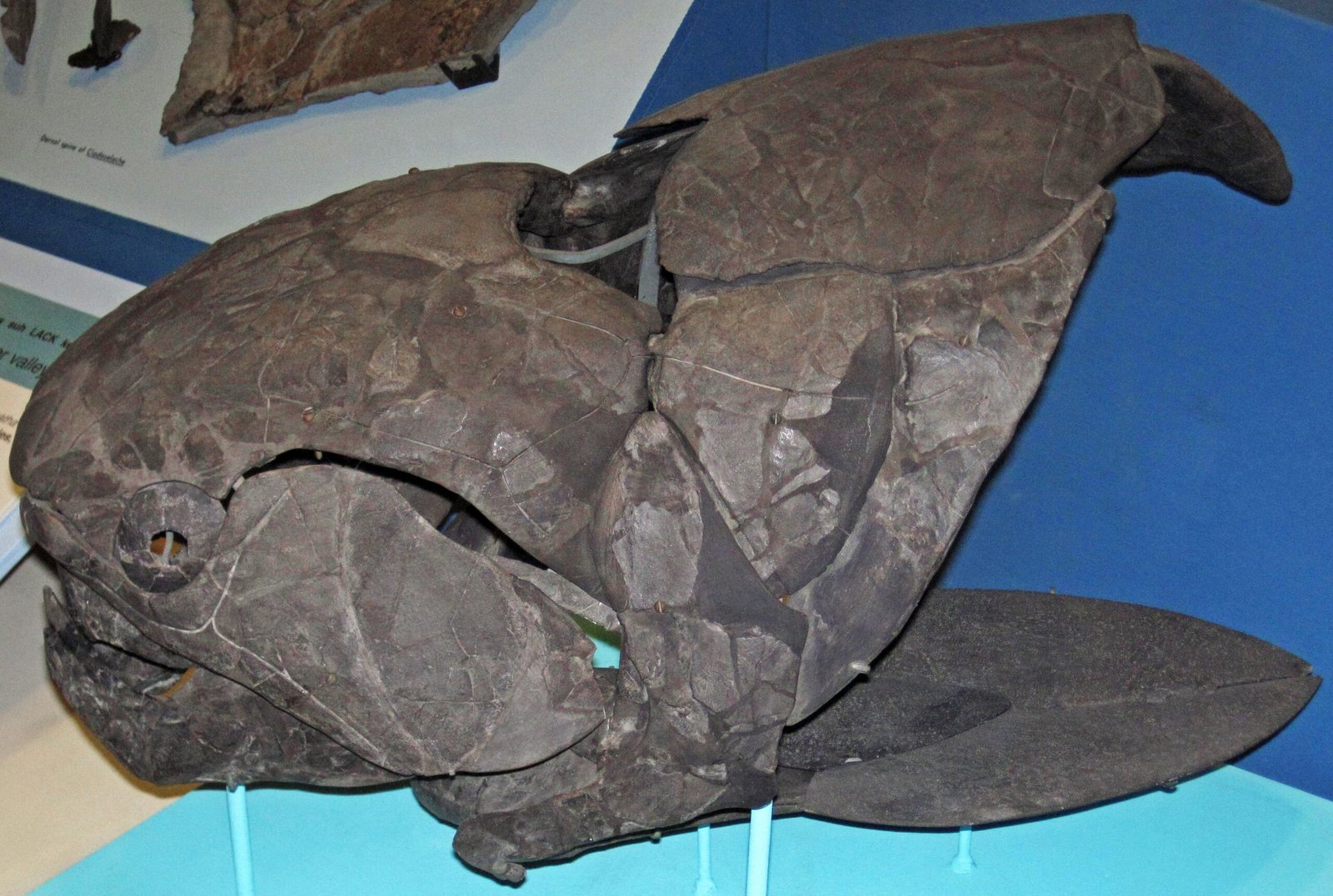
Fossils of armored fish provide invaluable insights into the prehistoric world. These preserved remains offer a glimpse into the physical characteristics and behaviors of these ancient creatures. Paleontologists study these fossils to reconstruct the appearance and lifestyle of armored fish, shedding light on their ecological roles and interactions. The fossil record serves as a testament to the diversity and complexity of life that existed millions of years ago, allowing us to piece together the evolutionary puzzle of our planet’s history.
The Impact on Modern Science
The study of armored fish has had a lasting impact on modern science, particularly in the fields of paleontology and evolutionary biology. By examining the adaptations and behaviors of these ancient predators, scientists gain a deeper understanding of the forces that drive evolution. The concept of convergent evolution, where different species develop similar traits independently, is exemplified by the development of armored protection in various lineages. The legacy of armored fish continues to inspire scientific exploration and discovery, highlighting the interconnectedness of life on Earth.
A Glimpse into the Distant Past
The story of the armored fish is a window into a distant past, a time when the seas were ruled by creatures that defy imagination. Their existence reminds us of the vastness of Earth’s history and the countless life forms that have come and gone. As we explore the remnants of these ancient predators, we are reminded of the ever-changing nature of life and the relentless march of evolution. The armored fish serve as a testament to the resilience and adaptability of life, offering a profound connection to the origins of vertebrate predators.
The Legacy of Armored Fish
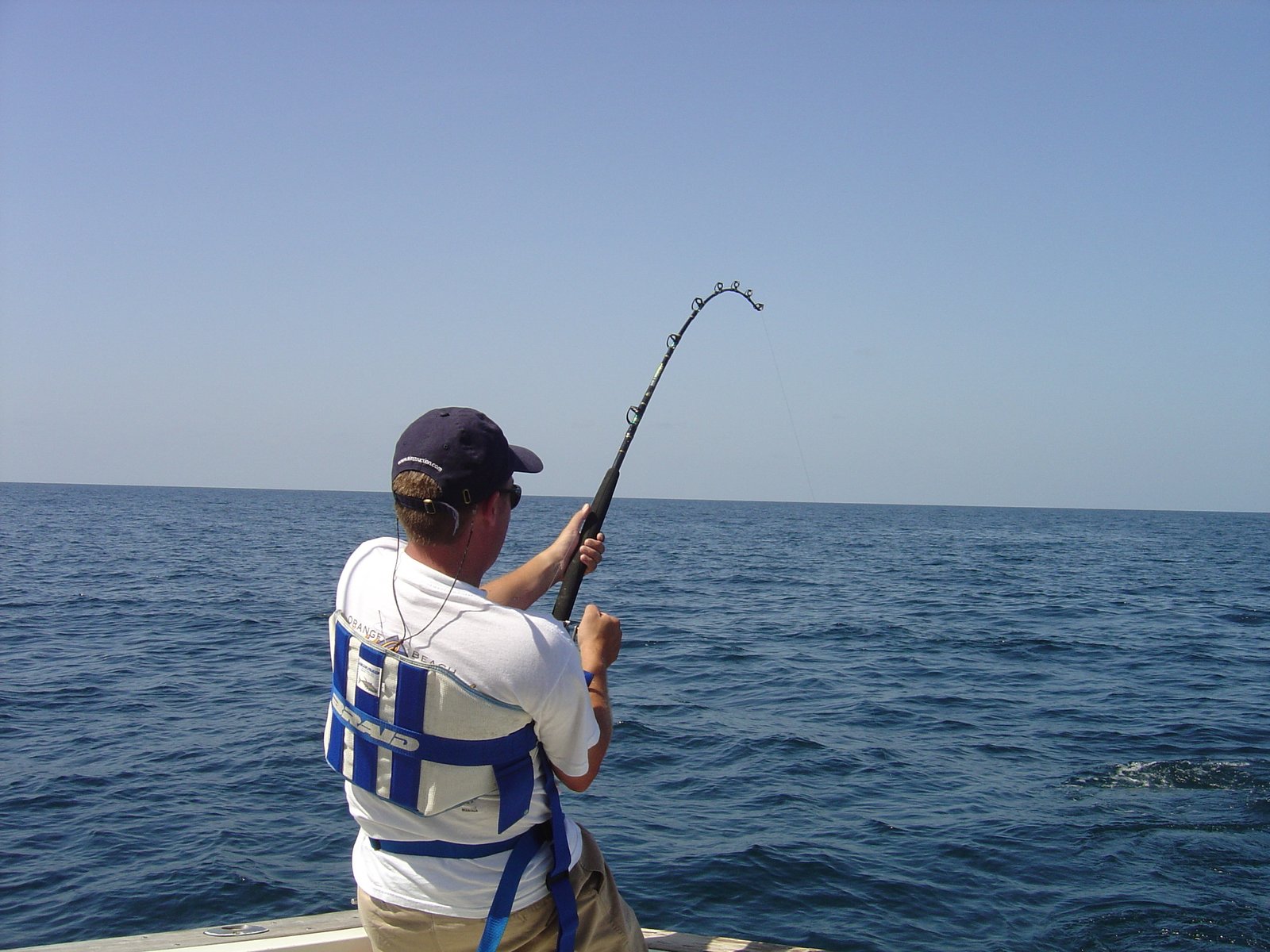
The legacy of the armored fish extends beyond their physical presence in the fossil record. Their story is a testament to the power of adaptation and the dynamic interplay between predators and prey. The innovations that armored fish brought to the evolutionary table have reverberated through the ages, influencing the development of vertebrate life and shaping the ecosystems we see today. As we continue to study these ancient creatures, we gain valuable insights into the processes that have shaped life on Earth, reminding us of the intricate tapestry of existence that unites all living beings.


